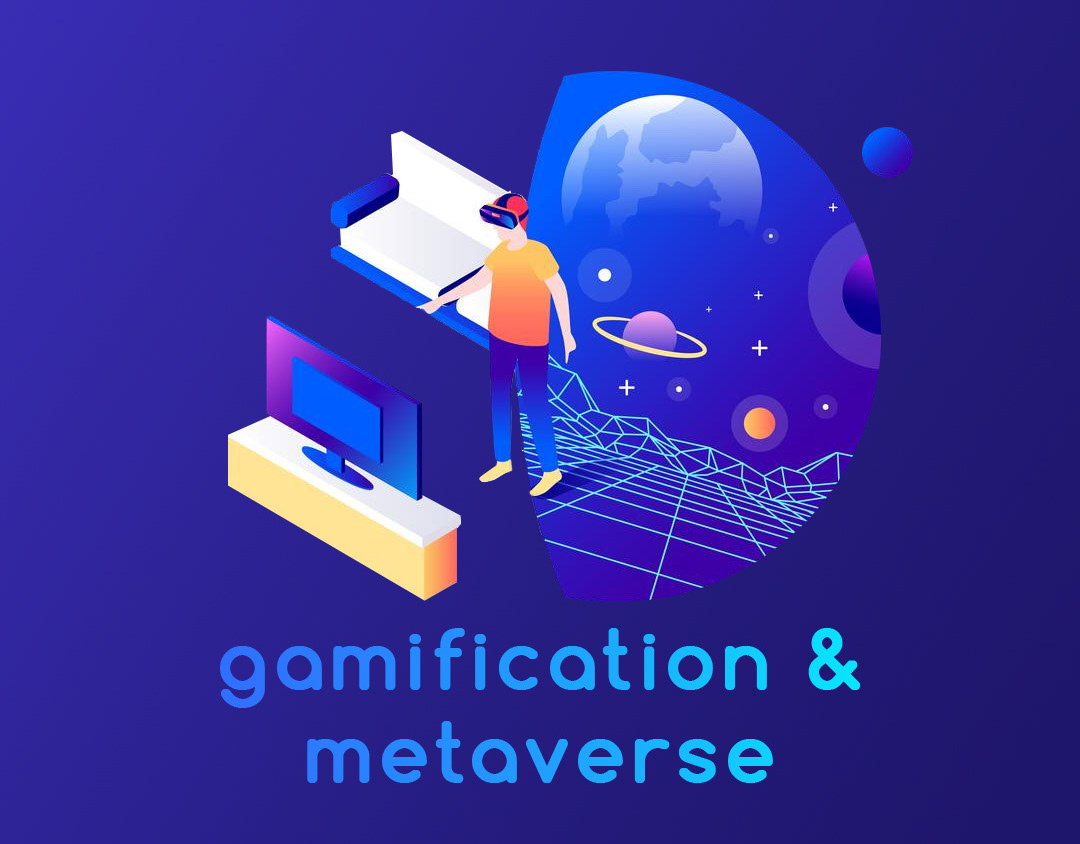Branding or Brand Management: Why It Matters and How to Build It
Branding, or Brand Management, is a set of actions aligned with a brand’s values, purpose, and positioning. The goal is to evoke emotions and create both conscious and subconscious connections that are essential when a customer chooses your brand over others in the decision-making process of purchasing a product or service.
When we think of a brand, it’s not just about the name, font, colors, shapes, or sounds — we also think of feelings and memories.
Everything a brand does — from the logo design, typography, and messaging to the company's values, music, jingles, voice tone, and even its representatives — contributes to shaping the brand’s personality in people’s minds, through the five human senses.
For example, the distinctive engine sound of a Ferrari is part of its brand identity. No other car (or "machine," as Italians call it) can replicate it, because every Ferrari engine and exhaust system is patented — making its roar truly unique.
Another example: the classic ringtones from smartphones, like the iPhone’s signature tone, the iconic Nokia Tune, or Motorola’s “Hello Moto.”
These sensory cues create value beyond the product itself — they give meaning through symbols, sensations, and emotions, turning a brand into a complete experience.
That’s why branding is less about advertising and more about emotional connection — reaching both the minds and hearts of people.
Why Is Branding Important?
Post-globalization and the rise of Industry 4.0 have made competition fiercer than ever. Standing out is now essential — and so is having a purpose that goes beyond basic positioning. If you have a brand, you have a commitment, and that commitment should be taken seriously.
Building a brand with personality and purpose, creating identification with people and their stories, aligning with causes, and promoting positive brand experiences are the keys to word-of-mouth recommendation, which today is one of the most powerful tools for acquiring new customers.
When an emotional bond is formed, customers feel their needs and interests are truly understood:
☻ 65% say things like “Wow, this brand really cares about people like me.”
☻ 77% of B2B marketing leaders say brand is essential to business growth.
☻ 82% of investors believe brand strength and recognition are key factors in deciding where to invest their money.
☻ 77% of B2B marketing leaders say brand is essential to business growth.
☻ 82% of investors believe brand strength and recognition are key factors in deciding where to invest their money.
Brands + Digital Marketing: A Powerful Combination
Branding is a concept that predates digital marketing. Back when the internet didn’t exist, brands expressed their identity and built connections through traditional media like radio, magazines, newspapers, billboards, and TV.
With the rise of the web, digital marketing unlocked new ways to build brands — giving birth to digital branding.
Today, brands can choose hyper-targeted channels at a lower cost to build relationships with their audience and offer multiple ways to purchase. There are countless branding strategies available online.
Some of the Best Branding Strategies Include:
☻ Apple's Branding Golden Ratio
(Referencing their precise balance between design, emotion, and experience)
Brand Building Fundamentals
☻ Visual Identity
This includes all visual elements that help create mental recognition of the brand — logo, photo styles, fonts, colors, etc.
The more consistent the visuals, the faster people associate them with your brand.
The more consistent the visuals, the faster people associate them with your brand.
☻ Create a Brand Style Guide
This document should include:
☻ All brand colors (with their codes)
☻ Typography and font use
☻ Logo usage across materials
☻ Horizontal/vertical versions, etc.
☻ All brand colors (with their codes)
☻ Typography and font use
☻ Logo usage across materials
☻ Horizontal/vertical versions, etc.
☻ Define a Consistent Visual Style
Find image examples that follow a specific line or aesthetic and use them as references.
Consistency in style communicates your brand’s personality clearly and effectively.
Consistency in style communicates your brand’s personality clearly and effectively.
Positioning
☻ Positioning defines the non-visual values of your brand — how you communicate your purpose and claim a unique space in people’s minds.
☻ When done right, people connect not only with your style but also with your values, creating a stronger emotional tie.
Brand Personality
☻ What kind of personality does your brand have?
☻ What adjectives describe it?
☻ If your brand were a person, how would it behave?
☻ What adjectives describe it?
☻ If your brand were a person, how would it behave?
These questions help shape a clear mental image of your brand.
Core Values
☻ These are the principles your brand stands for. They are how your brand seeks to connect with its audience authentically.
Tone of Voice
☻ Is your brand’s tone formal? Casual? Technical? Friendly?
☻ The tone must reflect your audience's preferences.
☻ The tone must reflect your audience's preferences.
☻ Research how your customers naturally speak, and adopt language that makes sense for your brand and its context.
Language
☻ Words and expressions used should strengthen the audience's sense of identification.
☻ This includes written words, emojis, visual cues, sound, music, tactile sensations, and even taste — all powerful tools to build brand connection.
☻ This includes written words, emojis, visual cues, sound, music, tactile sensations, and even taste — all powerful tools to build brand connection.
Channels
☻ Identify and prioritize the communication channels that best represent your brand’s personality.
☻ You don’t need to be everywhere — just where it strategically matters.
☻ You don’t need to be everywhere — just where it strategically matters.
☻ Examples:
☻ WhatsApp
☻ Email
☻ YouTube
☻ Social media
☻ Blog
☻ YouTube
☻ Social media
☻ Blog
☻ But most importantly: have a website. That’s where customers search and validate your brand.
☻ Be sure to launch news and updates on your site first.
☻ Be sure to launch news and updates on your site first.
☻ Create a Facebook fan page — still the world’s largest online community — to engage with customers and share content.
Content
☻ Just like channels, the message you deliver must reflect your brand’s values and personality.
☻ A strong content strategy increases:
☻ Search visibility
☻ Brand authority
☻ Emotional connection with your audience
☻ Search visibility
☻ Brand authority
☻ Emotional connection with your audience
☻ Offer valuable content that builds positive brand perception.
☻ Examples include:
☻ Blog posts
☻ Social media content
☻ E-books
☻ Audiobooks
☻ Infographics
☻ Webinars
☻ Whitepapers
☻ Case studies
☻ And more — always tailored to your target persona.
☻ Examples include:
☻ Blog posts
☻ Social media content
☻ E-books
☻ Audiobooks
☻ Infographics
☻ Webinars
☻ Whitepapers
☻ Case studies
☻ And more — always tailored to your target persona.
☻ Content can also reinforce your values through social, environmental, or institutional campaigns.
Persona / Avatar
☻ All branding and communication efforts should be guided by a clear understanding of your buyer personas or customer avatars.
☻ They represent your ideal customer profile.
You must know:
☻ Who they are
☻ Their needs
☻ Desires
☻ Challenges
☻ Interests
☻ Behaviors
☻ Who they are
☻ Their needs
☻ Desires
☻ Challenges
☻ Interests
☻ Behaviors
☻ With this knowledge, you can use data mining to uncover insights about their consumption patterns and motivations — helping you align your branding strategy accordingly.
Would you like this translated version delivered as a formatted PDF, PowerPoint, or editable document (e.g. Word or Google Docs) to share or present?
















